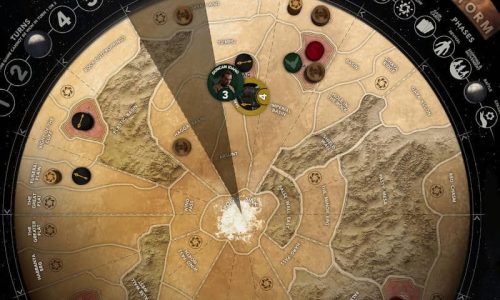The Evolution of Slot Machines: From Mechanical to Digital
Slot machines have been a staple in casinos around the world for decades, providing entertainment and the chance to win big with just a pull of the lever. Over the years, slot machines have evolved drastically from their humble beginnings as mechanical devices to the digital powerhouses we see in casinos today. Let’s take a look at the evolution of slot machines from mechanical to digital.
Mechanical Slot Machines
The first slot machine was invented in the late 19th century by Charles Fey, a mechanic from San Francisco. This early version of the slot machine, known as the “Liberty Bell,” featured three spinning reels with various symbols and a lever that players would pull to start the game. Players would win if the reels lined up to show three of the same symbol.
These mechanical slot machines became popular in bars and saloons across the United States, offering players a chance to win prizes like free drinks or cigars. Over time, improvements were made to these machines, such as adding more reels and symbols, to increase the excitement and chances of winning.
Electromechanical Slot Machines
In the 1960s, the first electromechanical slot machines were introduced, combining the traditional mechanical design with electronic components. These machines were able to offer more features, such as multiple coin bets and the ability to hold and nudge reels to help achieve winning combinations.
The introduction of electromechanical slot machines paved the way for the incorporation of more advanced features, such as bonus games and progressive jackpots, which further enhanced the gameplay experience for players.
Video Slot Machines
In the 1980s, the first video slot machines were introduced, replacing the physical reels with virtual ones displayed on a video screen. This allowed for more dynamic and interactive gameplay, with features like animated graphics, sound effects, and bonus rounds.
Video slot machines also opened up new possibilities for game developers to create a wide variety of themes and designs, further expanding the appeal of slot machines to a broader audience.
Digital Slot Machines
Today, most slot machines in casinos are digital, operating on software programs that use random number generators to determine the outcome of each spin. These digital slot machines offer even more features and benefits, such as higher payouts, more advanced graphics and animations, and interactive bonus games.
Players can now enjoy a wide range of slot machine games, from traditional 3-reel slots to complex video slots with multiple paylines and ways to win. Some digital slot machines even offer progressive jackpots that can reach millions of dollars, creating even more excitement and anticipation for players.
The evolution of slot machines from mechanical to digital has transformed the gaming industry and provided players with more options and opportunities to win big. With advancements in technology, we can only expect slot machines to continue evolving and pushing the boundaries of innovation in the years to come.

